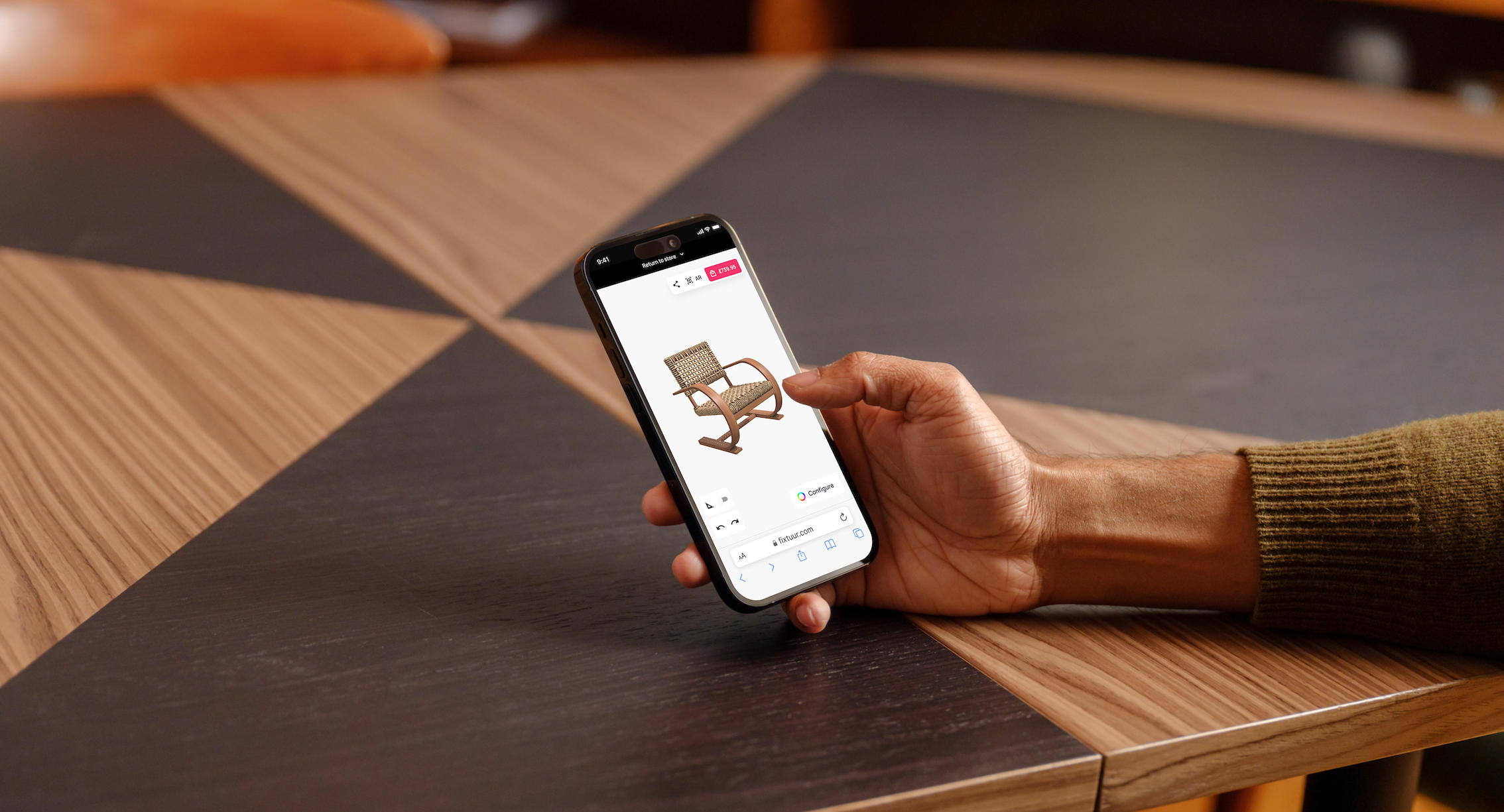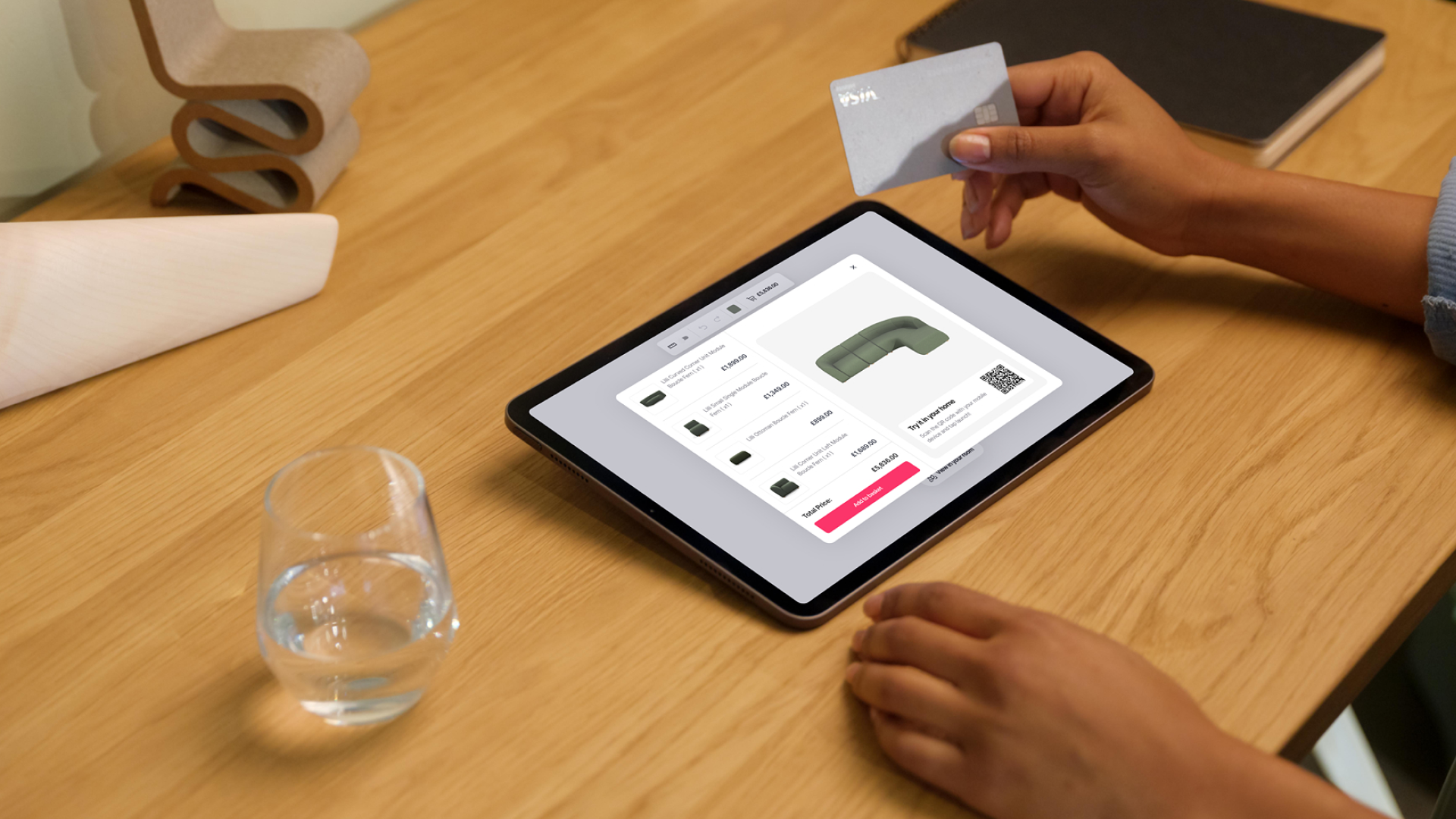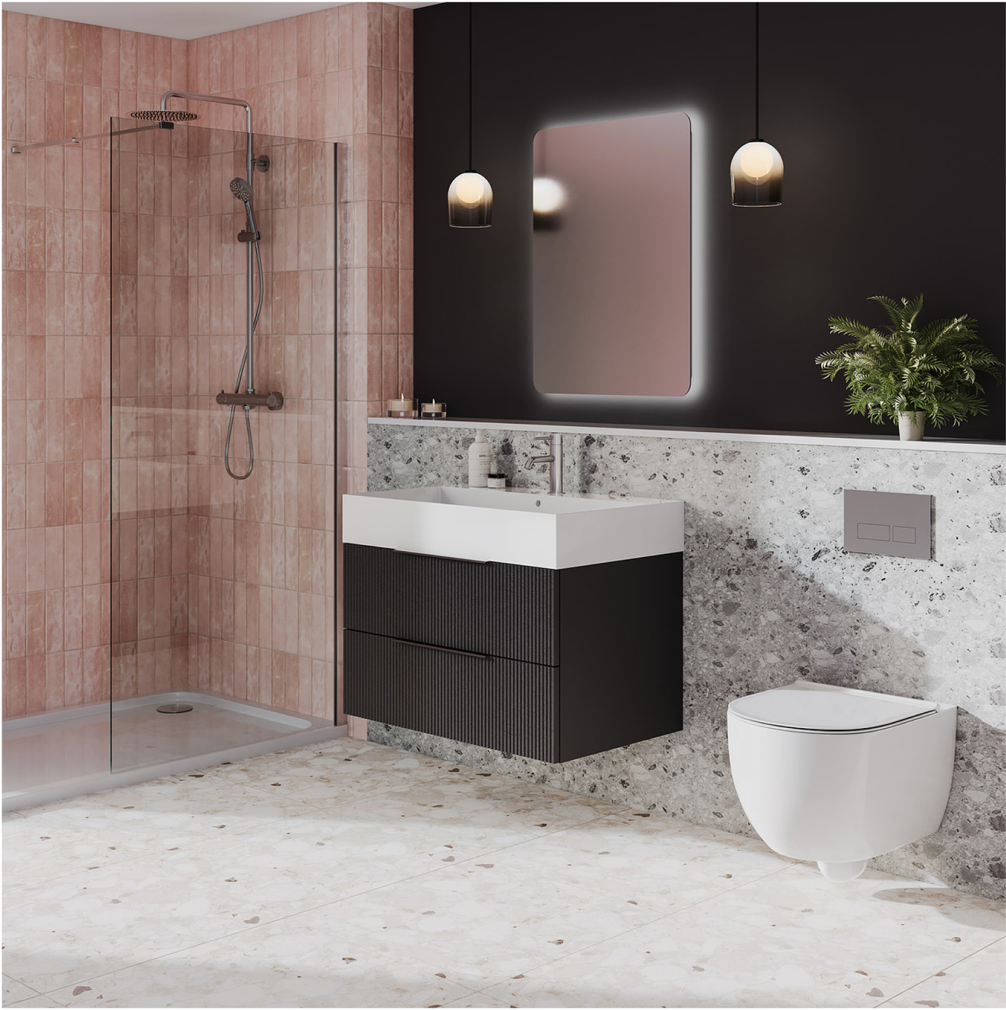The retail landscape is transforming rapidly, and today’s customers expect immersive and engaging shopping experiences. By integrating 3D and Augmented Reality (AR) technologies, retailers can revolutionise the way they connect with customers, making shopping more interactive and personalised. In fact, 72% of shoppers said they ended up buying furniture they hadn't planned on just because they could try it out using an augmented reality app.
Here are six inspiring use cases that showcase how 3D and AR technologies can elevate retail experiences and drive meaningful results.
Virtual Try-Ons for Home Décor
Enhanced Visualisation
With AR, customers can see exactly how furniture or décor items will look and fit in their spaces before making a purchase. Whether it’s a sofa, table, or bathroom fixture, virtual try-ons eliminate guesswork, helping shoppers feel more confident about their decisions.
Personalised Shopping Experiences
Retailers can integrate virtual try-on features into their websites or mobile apps, allowing customers to project 3D models into their rooms using their smartphone cameras. This level of interactivity makes shopping personal and practical.
Key Benefits:
- Increases purchase confidence.
- Reduces the likelihood of returns.
Interactive Product Customisation
3D Product Configurators
Interactive 3D configurators let customers personalise products in real time. Shoppers can select colours, materials, and styles, tailoring products to their taste. For example, they can customise a sofa’s fabric or a vanity unit’s finish.
Detailed Product Inspection
3D models allow customers to zoom in, rotate, and examine products from every angle. This detailed exploration ensures they know exactly what they’re buying, reducing post-purchase surprises.
Key Benefits:
- Increases engagement and time spent on your site.
- Encourages customers to invest in products they’ve customised

Virtual Showrooms
Immersive Shopping Environments
Virtual showrooms let customers explore entire collections in a 3D environment. Shoppers can see how furniture pieces work together, creating a cohesive design. This is ideal for showcasing coordinated living room sets or bathroom suites.
Remote Accessibility
Customers can visit virtual showrooms from anywhere, providing a convenient alternative to visiting physical stores. This expands your reach and makes your products accessible to more customers.
Key Benefits:
- Bridges the gap between online and in-store shopping.
- Provides a premium, immersive experience that customers remember.
AR-Powered In-Store Navigation
Enhanced In-Store Experience
AR can guide customers through physical stores, helping them locate products and access additional information while they shop. For example, customers could use an app to find items or learn more about features and promotions by scanning QR codes.
Interactive Displays
Combine AR with interactive in-store displays. Customers can scan markers to view 3D models, watch product demonstrations, or unlock exclusive content. This not only educates shoppers but also keeps them engaged.
Key Benefits:
- Blends the digital and physical shopping experiences.
- Provides customers with valuable information at their fingertips.
Marketing and Advertising
Interactive Ads
Use 3D and AR in your marketing campaigns to captivate your audience. For example, an AR-enabled ad can let customers visualise how a product would look in their space, directly from the ad itself.
Social Media Engagement
Leverage AR filters and 3D posts on platforms like Instagram and Facebook. Shoppers can virtually try products, share their experiences, and generate organic buzz for your brand.
Key Benefits:
- Increases ad engagement and click-through rates.
- Creates shareable content that attracts new customers.
Virtual Consultations
Remote Assistance
Use AR to provide personalised virtual consultations. Sales associates can guide customers through options in real time, using AR to demonstrate how products will look in their spaces.
Collaborative Design
With 3D models and AR, customers can collaborate with designers to create tailored solutions for their homes. Whether planning a room layout or choosing colour schemes, this hands-on approach ensures satisfaction.
Key Benefits:
- Builds trust through personalised service.
- Helps customers feel involved in the decision-making process.
3D and AR technologies are transforming retail, offering exciting new ways to engage customers and deliver exceptional shopping experiences. From virtual try-ons and product customisation to immersive showrooms and AR-powered in-store tools, these innovations can set your brand apart.
By embracing these tools, retailers can boost customer confidence, reduce returns, and drive sales—meeting and exceeding the expectations of modern shoppers.

Get in touch
For more information on how Fixtuur can help your retail business implement 3D and AR technologies, speak to one of our experts.

